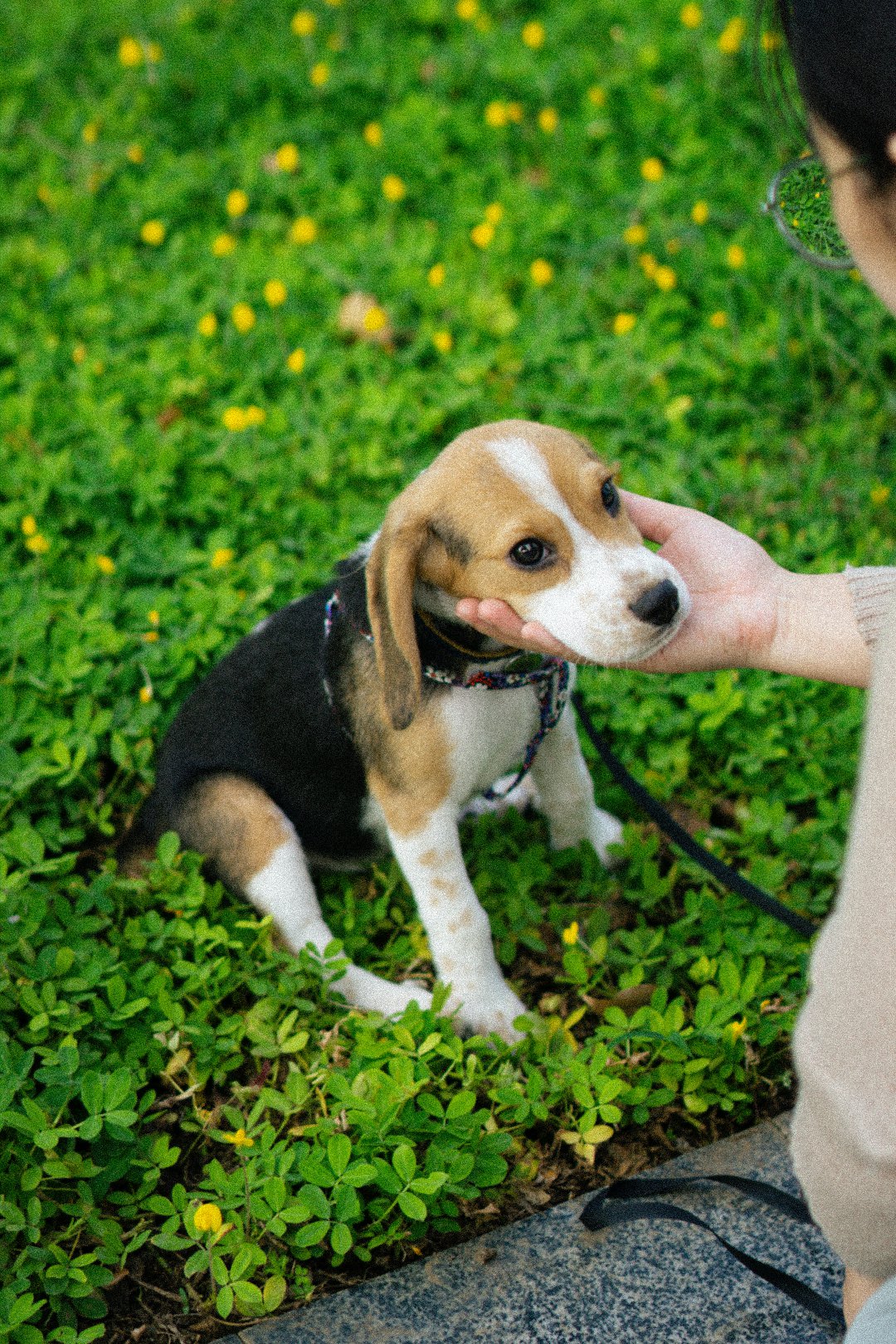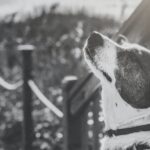Table of Contents
- 1 Introduction: Unraveling the Genetic Tapestry: Exploring the Breeds that Make a Beagle
- 2 From Ancestral Origins to Modern Marvels: Decoding the Breeds Behind the Beagle
- 3 Unveiling the Mysterious Mix: Delving into the Breeds that Contribute to the Creation of a Beagle
- 4 FAQs About: What Breeds Make a Beagle
Introduction: Unraveling the Genetic Tapestry: Exploring the Breeds that Make a Beagle
Have you ever wondered what breeds make a Beagle? If you’ve fallen in love with these adorable and friendly dogs, understanding their genetic makeup can be fascinating. Beagles are known for their distinctive appearance, charming temperament, and unwavering loyalty. In this article, we will delve into the world of Beagle genetics, uncovering the breeds that contribute to their unique characteristics. From their ancestral origins to the modern marvels they are today, we will decode the genetic tapestry that makes a Beagle. So, get ready to embark on a journey of discovery as we unveil the mysterious mix that creates these beloved companions.
From Ancestral Origins to Modern Marvels: Decoding the Breeds Behind the Beagle
The Beagle is a beloved breed known for its friendly demeanor, compact size, and exceptional hunting abilities. But have you ever wondered what breeds make a Beagle? Let’s dive into the fascinating world of canine genetics and explore the ancestral origins that contribute to the creation of this marvelous breed.
A Blend of Hound Breeds
- Harrier: The Harrier is a scent hound that shares a common ancestry with the Beagle. Its influence can be seen in the Beagle’s keen sense of smell and hunting instincts.
- Talbot Hound: Another breed that played a significant role in the development of the Beagle is the Talbot Hound. This ancient breed was renowned for its tracking abilities and contributed to the Beagle’s exceptional scenting skills.
- North Country Beagle: The North Country Beagle, a now-extinct breed, also left its mark on the Beagle’s genetic makeup. It added a touch of endurance and strength to the breed, making it an efficient hunter.
The Influence of the Foxhound
- English Foxhound: The English Foxhound is another breed closely related to the Beagle. It was bred for fox hunting and introduced qualities like athleticism and agility to the Beagle’s genetic pool.
- Southern Hound: The Southern Hound, which shares a common ancestry with the Foxhound, also contributed to the Beagle’s genetic makeup. It brought in traits like a melodious voice and a strong hunting instinct.
Other Contributing Breeds
- Basset Hound: The Basset Hound, with its distinctive long ears and droopy eyes, is another breed that has influenced the Beagle. It contributed to the Beagle’s appearance and added a touch of charm to the breed.
- Greyhound: The Greyhound, known for its incredible speed, has also made its mark on the Beagle. It added a dash of swiftness and agility to the breed.
- Dalmatian: Although not directly related, the Dalmatian has been occasionally crossed with Beagles to create a unique mix known as the “Dalmatian Beagle.” This mix combines the Dalmatian’s striking coat pattern with the Beagle’s friendly nature.
As we can see, the Beagle is the result of a fascinating blend of various hound breeds, each contributing its own unique traits to create a breed that is both charming and capable. The Beagle’s genetic tapestry is a testament to the rich history of canine evolution.
In the next section, we will delve deeper into the mysterious mix of breeds that contribute to the creation of a Beagle. We will explore the specific characteristics, appearance, and temperament that make the Beagle such a beloved breed. So, let’s continue our journey into the world of Beagles and uncover the secrets behind their creation.
Unveiling the Mysterious Mix: Delving into the Breeds that Contribute to the Creation of a Beagle
When it comes to the question of what breeds make a Beagle, the answer is not as straightforward as you might think. Beagles are a unique blend of various breeds, each contributing their own characteristics to create the lovable and distinctive Beagle we know today. Let’s take a closer look at some of the breeds that make up this delightful canine companion.
1. The English Foxhound
The English Foxhound is one of the primary breeds that played a significant role in the development of the Beagle. These hounds were originally bred for hunting foxes, and their keen sense of smell and strong tracking abilities are evident in the Beagle’s DNA. This breed contributes to the Beagle’s exceptional scenting skills and natural hunting instincts.
2. The Harrier
Another breed that has had a hand in shaping the Beagle is the Harrier. Like the Beagle, Harriers were bred for hunting small game, such as hares. They share many similarities with Beagles in terms of appearance and temperament. The Harrier’s influence can be seen in the Beagle’s compact size, sturdy build, and friendly disposition.
3. The Basset Hound
The Basset Hound is yet another breed that has left its mark on the Beagle. Bassets are known for their long ears, droopy eyes, and short legs. These distinct features can also be found in the Beagle, albeit to a lesser extent. The Basset Hound contributes to the Beagle’s adorable and expressive face, as well as its laid-back and easygoing nature.
4. Other Influences
While the English Foxhound, Harrier, and Basset Hound are the primary breeds that make up a Beagle, there may be traces of other breeds in their genetic makeup. Some speculate that the Beagle may have some Dalmatian, Greyhound, or even Bloodhound ancestry. These additional influences may explain certain traits, such as the Beagle’s speed, endurance, and distinctive coat colors.
In conclusion, the Beagle is a captivating mix of breeds that come together to create a truly remarkable canine companion. From the English Foxhound’s scenting abilities to the Harrier’s friendly disposition and the Basset Hound’s unique physical features, each breed contributes something special to the Beagle’s overall package. So, the next time you find yourself wondering what breeds make a Beagle, remember that it’s a fascinating blend of history, genetics, and a whole lot of love.
FAQs About: What Breeds Make a Beagle
What breeds contribute to the creation of a Beagle?
The Beagle is a result of a mix of several breeds, including the Harrier, Talbot Hound, and the Bloodhound.
What is the appearance of a Beagle?
Beagles are small to medium-sized dogs with a compact body, short legs, and long ears. They have a sleek coat that comes in various colors, such as tricolor (black, white, and tan), lemon and white, red and white, or chocolate and white.
How long do Beagles typically live?
On average, Beagles have a lifespan of 12 to 15 years. However, with proper care and a healthy lifestyle, some Beagles can live even longer.
Are Beagles intelligent and trainable?
Beagles are known for their intelligence, but they can also be independent and stubborn at times. With consistent and patient training, they can learn various commands and tricks. Positive reinforcement techniques and rewards work well with Beagles.
Do Beagles shed a lot?
Yes, Beagles do shed. They have a short, dense coat that sheds moderately throughout the year. Regular brushing can help minimize shedding and keep their coat healthy.
What is the temperament of a Beagle like?
Beagles are generally friendly, curious, and sociable dogs. They are known for their happy and outgoing nature. They have a strong sense of smell and may become easily distracted when following scents, so it’s important to provide them with proper exercise and mental stimulation.






Leave a Reply